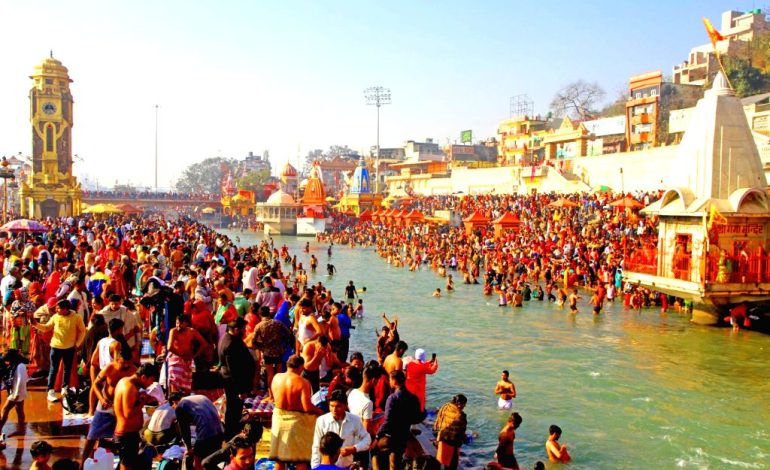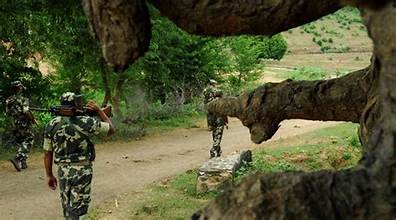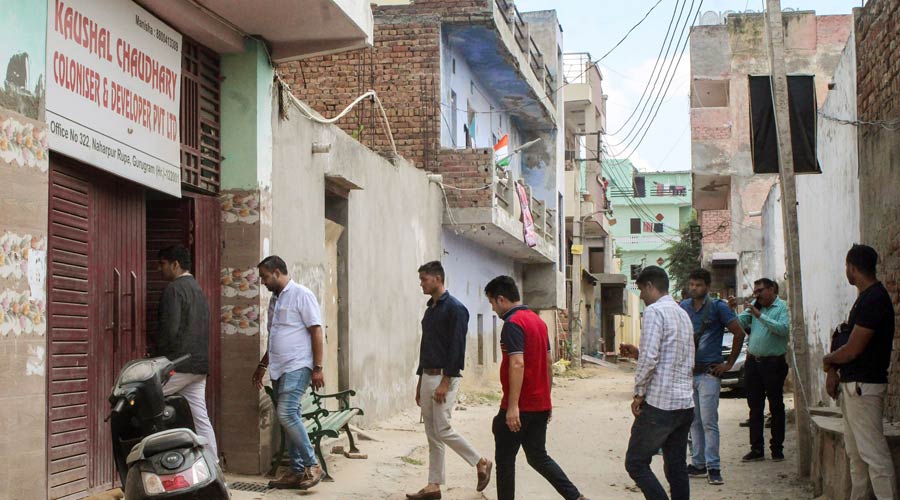
Ramnami Sect Devotees from Chhattisgarh Join Mahakumbh for Sacred Dip at Sangam
The grand Mahakumbh in Prayagraj, organized by the Uttar Pradesh government, draws millions of devotees from across India, including the Ramnami sect from Chhattisgarh. This annual religious gathering is a spiritual melting pot for people from different castes, sects, and beliefs of Sanatan Dharma.
Ramnami Sect Devotees at Mahakumbh
A notable group among the attendees are the followers of the Ramnami sect, who come from districts like Janjgir, Bhilai, Durg, Balodabazar, and Sarangarh in Chhattisgarh. Recognizable by tattoos of “Ram” covering their entire bodies and wearing peacock feather crowns, these devotees engage in devotional hymns by the Sangam river. They immerse themselves in the holy waters, following the age-old tradition passed down by their ancestors.
The Origins and Beliefs of the Ramnami Sect
The Ramnami sect emerged in the 19th century as a response to caste-based discrimination and the exclusion of certain tribal groups from temples and idol worship. The sect’s founder, Parashuram of Janjgir-Champa, encouraged his followers to tattoo the name “Ram” on their bodies, making them living temples of the divine. The sect believes in worshiping Nirguna Ram—the formless aspect of Lord Ram—through chanting the divine name and singing verses from the Ramcharitmanas.
The Sacred Tradition Continues
Approximately 200 Ramnami devotees from various regions of Chhattisgarh participated in the holy dip this year, with many more expected to arrive for Mauni Amavasya. Devotees like Kaushal Ramnami from Sarangarh shared that attending the Mahakumbh is a cherished tradition for their community, which has been passed down for five generations. The devotees consider chanting ‘Ram Naam’ as their form of worship, with their tattooed bodies symbolizing their devotion.






